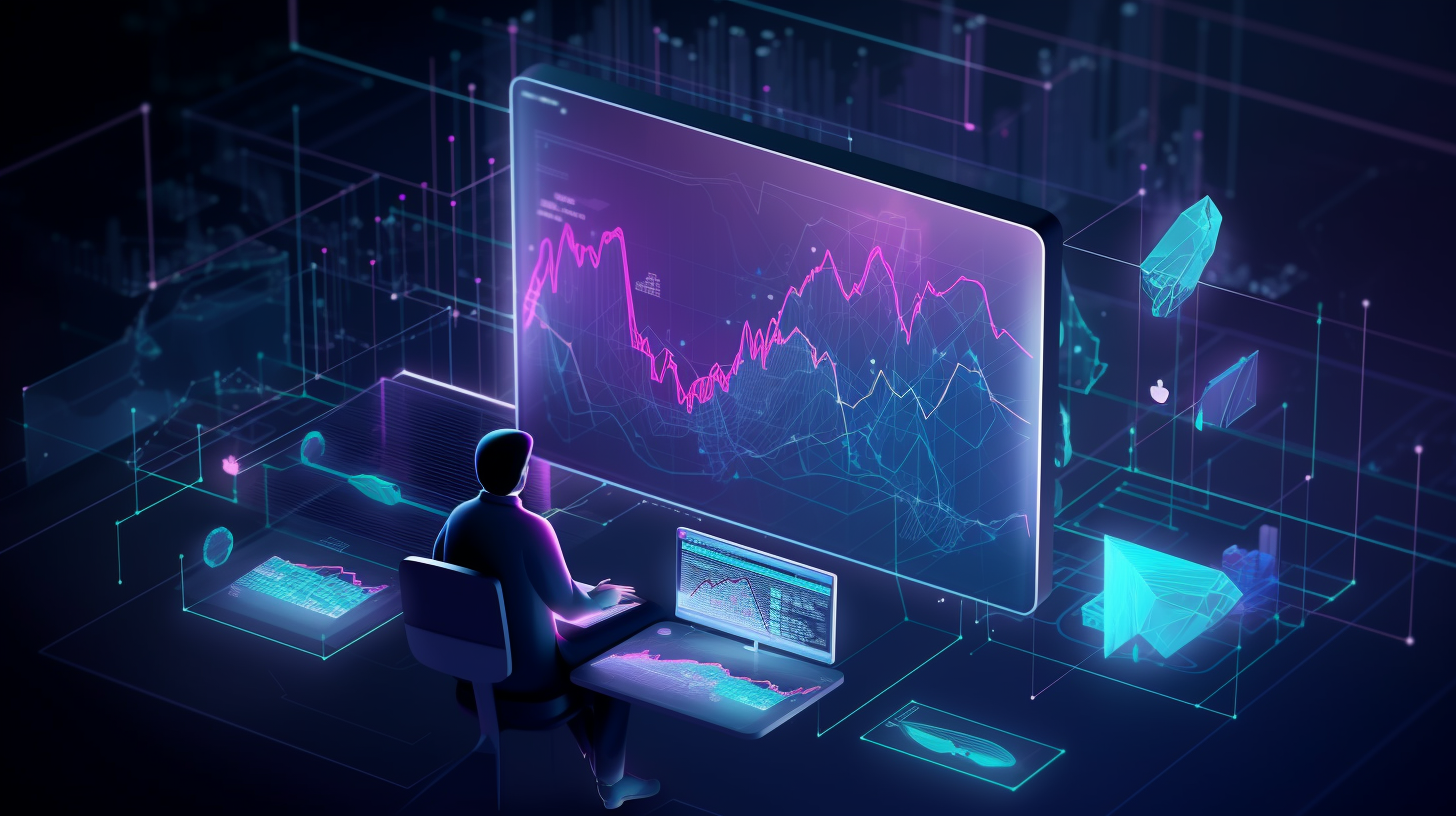Generative AI as an Analyst Support Tool
Generative AI has the power to revolutionize the way that geopolitical analysts work by providing them with new and innovative ways to collect, analyze, and interpret information.

AI won't be autonomously crafting the President's Daily Brief anytime soon but setting that kind of bar for the technology is shortsighted. A not-insignificant amount of human-generated "analysis" isn't insightful, critical, or even accurate. There will be many use cases where the benefits of cost, automation, and scale, combined with low criticality, will render the error rate of generative AI more than acceptable. However, the technology still has a huge role to play in the hands of an experienced analyst crafting high-stakes product. Skilled and experienced individual analysts will be able to outproduce small teams, learn more in the process, and deliver insights that wouldn't have otherwise been revealed. I see a lot of resistance to this idea but I'm old enough to have lived through several waves of resistance:
In the early 1980s, the age of the personal computer had arrived and "computerphobia" was suddenly everywhere. Sufferers experienced "a range of resistances, fears, anxieties, and hostilities," according to the 1996 book Women and Computers...What some people didn't yet understand in the 1980s was that learning to use a computer was "much more like taking up a musical instrument than following instructions how to use an electrical appliance, such as a toaster," wrote Paul Strassmann in his 1985 book, Information Payoff. - The Atlantic
Generative AI is very much a musical instrument. The hands and creativity of the "musician" still matter.
Along those lines, I asked ChatGPT to generate a list of ways that generative AI can serve as a support tool for experienced geopolitical analysts. It's far from comprehensive but it does hit on a lot of the immediately viable use cases.
- Summarizing large volumes of data: AI can quickly and accurately analyze large volumes of data, such as news articles or social media posts, and summarize key information for analysts to review.
- Identifying patterns: AI can identify patterns in data that may not be immediately apparent to analysts, such as links between seemingly unrelated events.
- Predictive modeling: AI can be trained to predict future events, such as election outcomes or social unrest, based on historical data.
- Risk assessment: AI can be used to analyze the potential risk posed by certain events, such as the impact of a natural disaster or the likelihood of a terrorist attack.
- Sentiment analysis: AI can analyze public sentiment on a given topic, such as the popularity of a political candidate or the public's perception of a particular policy.
- Network analysis: AI can analyze social networks, including online networks, to identify key individuals and their relationships, as well as to identify potential influencers and opinion leaders.
- Image and video analysis: AI can analyze images and videos to identify key objects and people, as well as to track movements and identify potential threats.
- Language translation: AI can be used to quickly and accurately translate foreign language sources, allowing analysts to access a wider range of information.
- Content recommendation: AI can be used to recommend relevant news articles, reports, and other sources to analysts based on their interests and previous reading habits.
- Trend analysis: AI can analyze historical data to identify trends over time, such as changes in public opinion or shifts in geopolitical alliances.
- Research assistance: AI can assist analysts in conducting research by quickly identifying and synthesizing information on a given topic, as well as identifying relevant sources and potential areas for further investigation.
- Analyst-led writing assistance: AI can be used to assist analysts in the writing process by providing suggested phrasing and sentence structures, as well as helping to ensure that written products are free of errors and adhere to established style guidelines.
- Scenario planning: AI can be used to assist analysts in the development of scenarios and alternative futures, by analyzing historical data and identifying key factors that could drive different outcomes.
- Geospatial analysis: AI can be used to analyze satellite imagery and other geospatial data to identify patterns and trends, as well as to monitor changes in physical infrastructure and other key indicators.
- Social media monitoring: AI can be used to monitor social media channels in real time, identifying trends and potential threats based on the sentiment of online conversations.
- Alerting: AI can be used to provide analysts with real-time alerts of potential threats or emerging issues, based on predefined criteria and triggers.
- Network visualization: AI can be used to generate visual representations of social and other networks, allowing analysts to identify key players, relationships, and potential areas of vulnerability.
- Risk management: AI can be used to assist analysts in identifying potential risks and developing mitigation strategies, based on historical data and predictive modeling.
- Cross-lingual analysis: AI can be used to identify and analyze information across multiple languages, allowing analysts to access a wider range of information and better understand global events.
- Adversarial modeling: AI can be used to model potential adversaries and their behavior, allowing analysts to better understand and anticipate their actions and intentions.
Blogs of War generated this text in part with GPT-3, OpenAI’s large-scale language-generation model. Upon generating draft language, the author reviewed, edited, and revised the language to their own liking and takes ultimate responsibility for the content of this publication.
